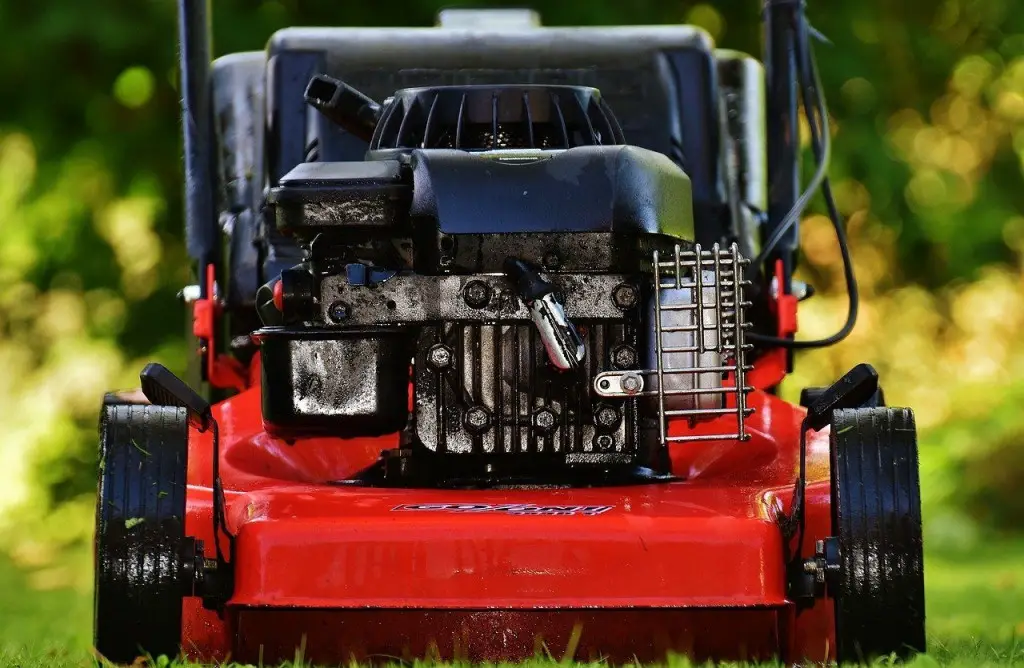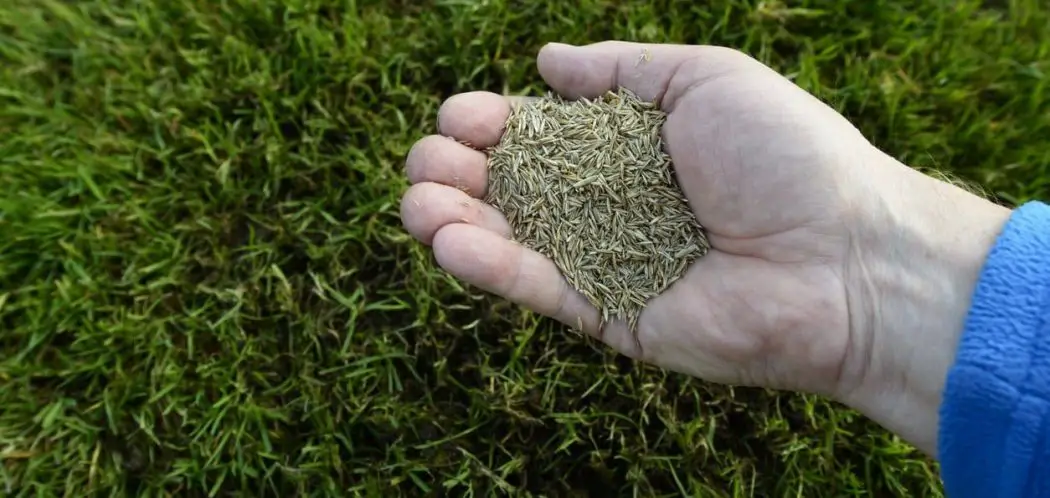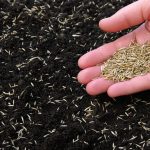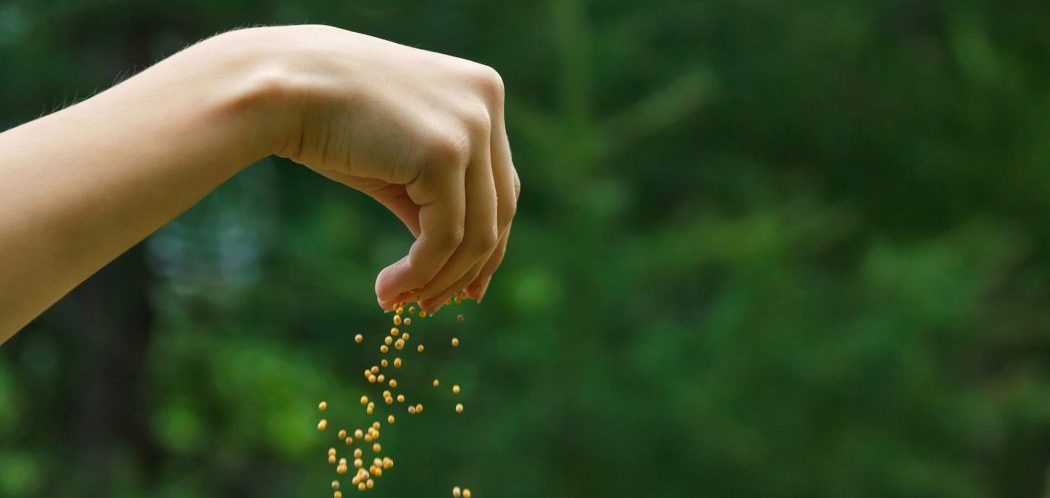Who doesn’t love new grass? A lot of people freak out when trying to figure out when to mow their grass after overseeding. It’s easy to over complicate this, but I think it’s best to keep things simple.
In this article, I’ll be talking about when it’s best to mow your new grass after overseeding. This article will be specifically concerned with cool season grass types, although the overall approach remains similar for all grass types.
You should wait thirty days before you mow after overseeding. Thirty days is plenty of time for the grass to grow and establish a good root structure. By this time, the grass will be able to support itself so that when you mow, it will be able to handle it.
In the early stages, the health of your new grass seed is much more important than the way your lawn looks so try and keep this in mind. Don’t worry when your grass is not looking the way you want it to turn out in the end.
I recommend spreading a quick-release starter fertilizer on the lawn before spreading your seed. Scott’s has a great product (Amazon link). It works particularly well in the spring time because it also has a crabgrass preventer.
After the germination stage, you may notice that it won’t stand up well to footprints and this is totally normal. If you take care of things properly, in a month or so the new grass will be a lot more resilient. You can then worry about any striping pattern you want.Of course, waiting 30 days before mowing after overseeding is a general guideline. I like to let my grass grow up to about 6 inches if I can. Obviously, the time it will take to get there will depend on things like grass type and the season too.

Grass Type
The type of grass you have will change your initial growth rate. Grasses like perennial rye tend to grow quite fast while bluegrass will take longer to grow to a cutting height.
If you’re still able to see the soil after a couple of weeks of seeding, don’t panic. I’ve found that cool-season grasses all look similar when it first starts to grow.
You might also find that new grass looks different to established grass, even grass from the exact same seed. When it first starts to come up, it often has a lighter color but once you start mowing, the blades will begin to thicken up, the color will likely get darker and different grass types will start to take their own shape.
A Quick Test
One thing you can do is try giving your new grass a light pull to see if the roots have been established. If the grass seems to be rooted well down into the ground, you should be good to start mowing.
How High Are You Cutting Your Grass?
The first thing you’ll need to decide on is what height to mow your new grass to. You can adjust this up and down in future as you wish, but for new grass, I’d recommend cutting down to around four inches.
In general, you should try and mow and inch higher than your usual mowing height.
Don’t just go by the number on your mower setting. Setting the deck to a number on your mower does not necessarily imply the height of the cut in any given measurement. You need to measure this yourself.
To do this, use a ruler and measure the height from the ground up to your mower’s blade.
Lower or raise the deck as necessary.
Mowing vs Watering
You should be watering your new seed a little and often but once its germinated, you should reverse this schedule so that you’re watering for longer periods of time, and less often.
The soil will be wet from consistently watering your new seed, so make sure you’re going over the grass as lightly as you can on your first cut. Following this, try and limit the amount of moisture to obtain better mowing conditions.
Letting your grass dry out between cuts after you’re past the germination stage is the best way to go. Of course, you’ll have to pay attention to the temperature and the amount of rainfall too.

Tips for Mowing After Overseeding
Try to avoid making any major turns in the grass, it’s best to do these on hard surfaces where possible.
Make sure your blades are as sharp as possible to get the cleanest cut on your new grass.
You might want to consider using a manual reel mower for the first mow. Sometimes these are easier to use when trying to avoid doing too much damage to the turf.
Don’t worry about the weeds for now. It’s pretty normal to see them come up, but you don’t need to apply any weed control at this time.
Usually people will perform multiple passes with their mower to get that nice striped look but this is not something I’d recommend after overseeding. Go over it only once to avoid doing any accidental damage to the new grass.
Don’t bother using a striping kit, there’s really no need for the first few cuts.
I would keep mulching too. This will help add nutrients back into the soil and maintain moisture. It’s a great way to fertilize your lawn.
You also want to avoid clumping as much as possible.
In Summary
It’s best to wait as long as possible before you get out in the yard to mow after overseeding.
Mowing can be stressful for new grass which is already quite delicate, so you’ll want to allow it time to grow in. Before you mow it for the first time, you have to wait until the new grass reaches a point where you can cut it. This will be when the grass is tall enough and its root system is established enough to withstand the stress from mowing.
I’d recommend staying on the side of caution. There’s really no need to go overboard with the mowing initially.
Remember that the first cut may look slightly different to what you might be expecting, so don’t be alarmed if this is the case. For the first few cuts, it’s common to see the grass lying down when the mower passes over it. This is because the new grass is thin and weak, and so it will not be able to stand up as well.




